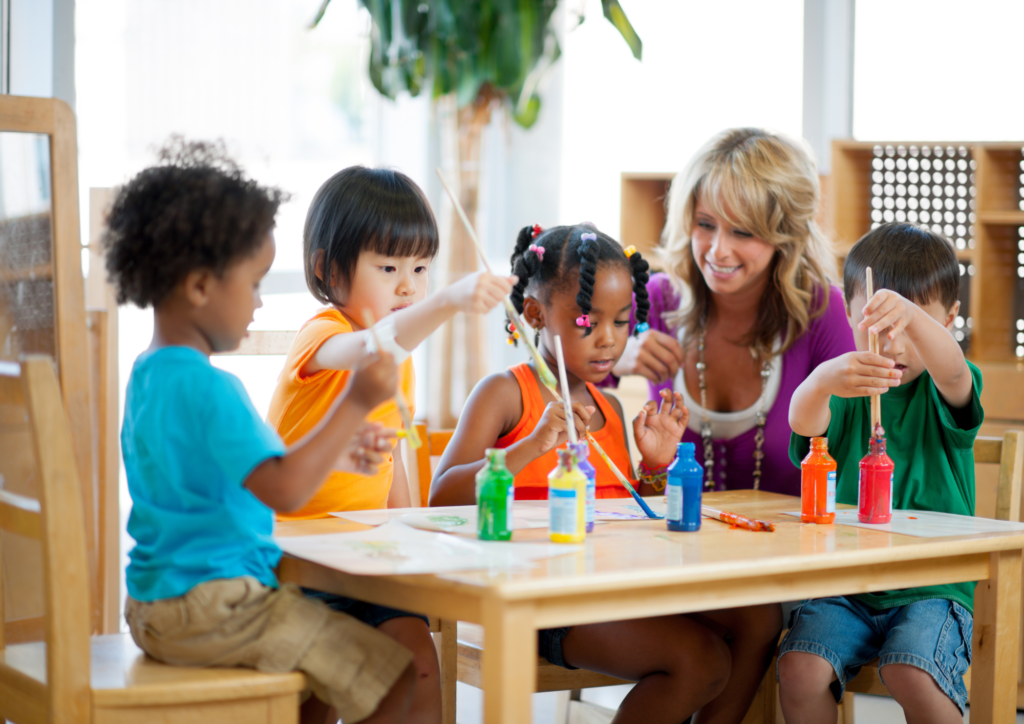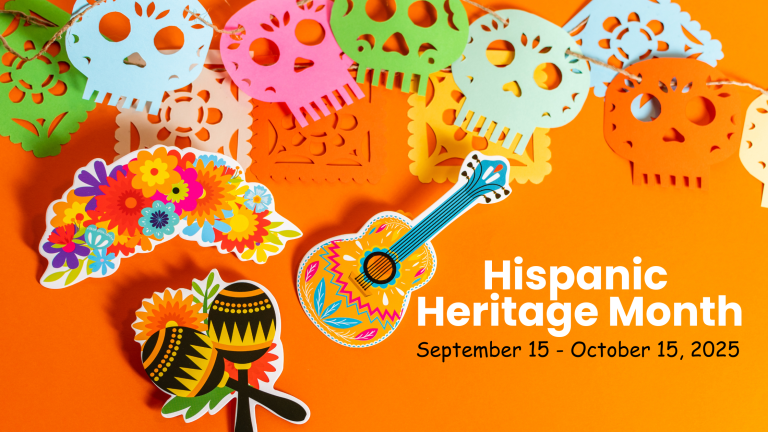
Helping your child develop a strong and functional pencil grasp is an essential milestone in their early learning years. From holding a crayon to mastering a pencil, these skills serve as the foundation for writing, drawing, and daily tasks like buttoning a shirt or using scissors. Yet, many parents may feel uncertain about how to support their children in building these important fine motor skills.
If you’re in the Raleigh, Durham, or Chapel Hill area of North Carolina, Therapy Smarts is here to guide you every step of the way. We believe in turning challenges into opportunities for growth. While our expert therapists provide professional support, there are also plenty of activities you can try at home to help your child improve their pencil grasp.
Below, we outline practical tips for strengthening your child’s fine motor skills and how early intervention can make a world of difference.
Why Pencil Grasp Development Matters
A proper pencil grasp affects so much more than just how well your child can color or write. It supports their ability to complete tasks confidently and efficiently, fosters independence, and enhances their academic readiness.
An ideal pencil grasp allows a child to hold and control a writing tool using their thumb, index, and middle fingers while stabilizing the pencil against their hand. This “tripod grasp” is key for precision and endurance during writing tasks. When this development is delayed, children may experience challenges that affect their academic and emotional well-being.
Early intervention is crucial. Fine motor skills don’t fully develop overnight, and engaging in consistent, purposeful practice can work wonders. At Therapy Smarts, we specialize in identifying areas of concern and creating personalized plans to ensure your child reaches their full potential.
Signs Your Child May Need a Little Extra Help
It’s not uncommon for children to develop their pencil grasp at different rates. However, these signals may suggest they could benefit from additional support:
- Fisted grasping: They hold the pencil with their whole hand instead of using their fingers.
- Using both hands to manipulate a pencil: This may indicate difficulty with control and strength.
- Avoiding fine motor tasks: Activities like coloring, writing, or even playing with small toys seem frustrating or tiring.
- Complaints of hand pain or fatigue: Your child may struggle to sustain proper grip for long stretches.
If any of this sounds familiar, please know you’re not alone. Therapy Smarts offers top-notch therapy services in Raleigh, Durham, and Cary to give your child the focused help they need.
Engaging Activities to Encourage Pencil Grasp Development
Here are some simple, fun ways to practice fine motor skills at home using everyday items.
1. Play-Doh Fun
Molding, rolling, pinching, and squeezing Play-Doh strengthens the small muscles in the hands. Encourage your child to pinch off small sections or roll the dough into tiny balls. You can even use plastic stamps to add a creative twist to the activity!
Why It Works: These movements mimic the finger isolation and coordination needed for pencil control.
2. Tweezers and Tongs Challenges
Using tweezers or tongs to pick up small items like pom-poms, beads, or cotton balls is an excellent way to build finger strength. Make it a game by timing how fast they can transfer items from one bowl to another.
Why It Works: This activity promotes the pincer grasp, a precursor to the tripod pencil hold.
3. Lacing Cards or Beads
Threading laces through holes in a card or stringing beads onto a shoelace improves hand-eye coordination while strengthening hand muscles. Choose beads of various sizes to adjust the challenge as your child progresses.
Why It Works: Threading aligns fine motor skills with steady hand movements necessary for controlled writing.
4. Mini Chalkboards and Paintbrushes
Drawing on small chalkboards or painting with water and a paintbrush on concrete is not only fun but also develops wrist and finger strength. Slight resistance from the chalk or paintbrush enhances precision.
Why It Works: Diverse tools promote proper grip techniques through varied sensory feedback.
5. Clothespin Games
Have your child clip and unclip clothespins to a string or cardboard edge. You can create a pretend “laundry” activity by clipping socks or paper notes to a line.
Why It Works: The squeezing action builds endurance in the thumb and index fingers — key players in executing a strong pencil grasp.
6. Finger Gymnastics
Teach your child finger isolation exercises like “itsy-bitsy spider” hand movements, tapping one fingertip to the thumb, or separating fingers on command.
Why It Works: These tiny movements refine finger independence and coordination.
7. Using Broken Crayons
As odd as it sounds, shorter crayon pieces naturally encourage a tripod grip! Since small crayons are harder to hold with a fisted grasp, your child will instinctively engage the correct fingers.
Why It Works: This clever trick boosts grip precision without requiring additional tools.
Making Professional Therapy a Priority
While at-home activities are incredibly important, there are times when expert guidance is necessary. This is where Therapy Smarts truly shines. Our experienced therapists work closely with families in the Raleigh, Durham, and Chapel Hill areas to design individualized plans that support each child’s unique developmental journey.
Professional therapy can accelerate progress by identifying specific challenges, creating targeted intervention strategies, and providing hands-on support in a caring, encouraging environment. At Therapy Smarts, we value open communication with families and strive to empower parents with tools and knowledge every step of the way.
If you notice your child is consistently struggling with pencil grasp or fine motor skills, seeking professional occupational therapy services can make a meaningful difference. Early intervention helps build a strong foundation for future learning and independence. Contact Therapy Smarts to schedule an assessment and let us be part of your child’s pathway to growth and confidence.




